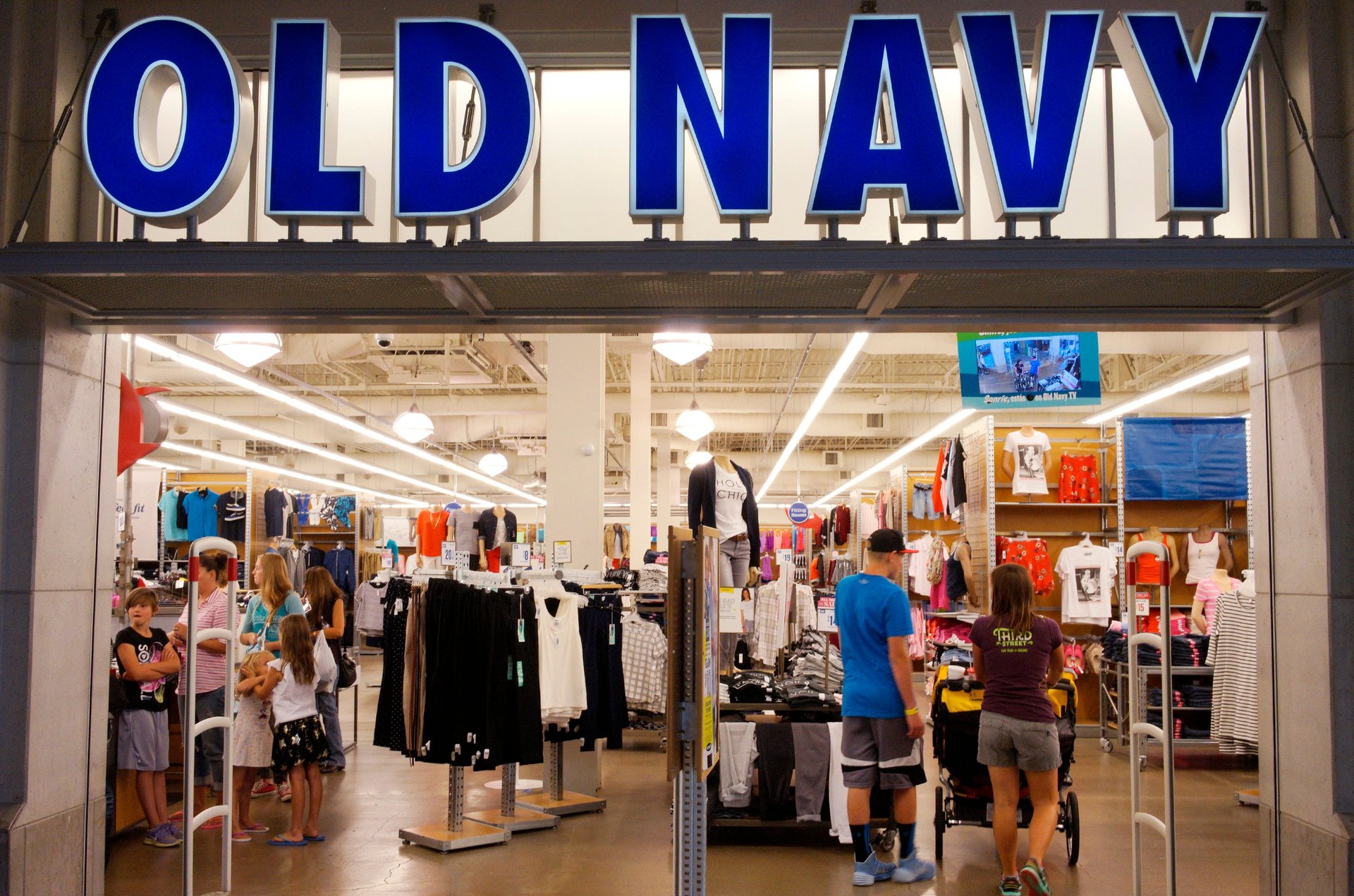Gap Inc. should just be renamed Old Navy Inc.
Gap is back—sort of.


Gap is back—sort of.
After a couple years of declines, Gap Inc.’s sales are growing again (pdf), though not because of the Gap brand itself. Banana Republic is no help either, for that matter. It can’t seem to dig out of the hole it’s been trapped in.
As has been the case for years now, Gap’s younger, more affordable sibling, Old Navy, is the part of the business driving Gap Inc.’s growth.
In 2017, Gap Inc.’s sales inched up about 2% to reach roughly $15.9 billion. (It helped that their 2017 calendar had an extra week compared to 2016). Nearly half of that business now belongs to Old Navy, which is much better aligned with shoppers’ preferences than the namesake brand of its parent company.
It helps that Old Navy is less expensive, at a moment when Americans are addicted to paying as little as possible for clothes. Gap is stuck in that dreaded territory where its clothes have become stale and it also can’t draw shoppers with prices. Old Navy has also for some time had the fastest, most responsive supply chain in Gap Inc., letting it react more quickly to what people are buying. Gap Inc. has been working to get Gap itself to catch up.
The gap—pardon the pun—between Gap and Old Navy only seems to be growing wider. In September, Gap Inc. CEO Art Peck decided to shut down about 200 Gap and Banana Republic stores, and focus the business more on Old Navy and Athleta, the company’s thriving activewear chain. While there are still more Gap stores globally, Old Navy had already overtaken Gap in its store count in the company’s most important market, North America, which makes up about 80% of its sales. There are now about 30% more Old Navy stores in the region than Gap stores, as of the company’s most recent quarter.
The Gap brand, launched in 1969 by founders Doris and Don Fisher, who thought they could offer better-fitting jeans than the other options on the market, was around for 25 years before it created Old Navy, named for a bar in Paris. At this point, though, Old Navy is the business carrying the company.